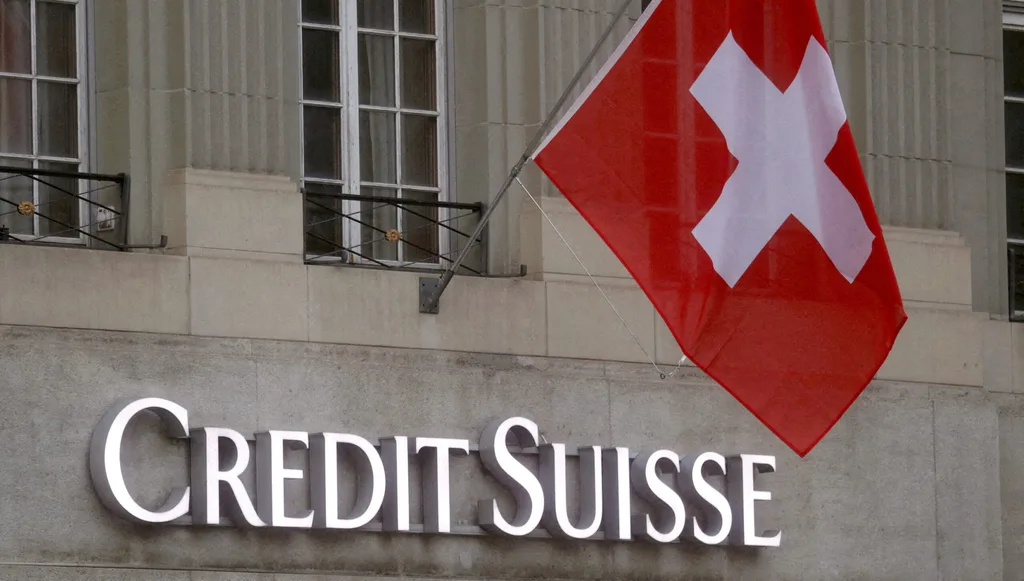The bankruptcy of what has been the “bank of choice” for venture backed startups and their VC backers in USA for decades (and in UK for many years now), Silicon Valley Bank (SVB), is a tragic tale that required fast learning (not to mention quick fingers) about the value of cash management, deposit insurance, and diversification of banking relationships. Anyone who has watched the iconic 1946 Christmas movie “It’s a Wonderful Life” produced and directed by Frank Capra and starring James Stewart as the startup bank entrepreneur and community do gooder George Bailey, has seen how a “run on a bank” can quickly lead to desperation and mob mentality among depositors, bank leaders and bank funding sources. In the modern age of social media and electronic banking, these things can and do happen, and at Internet speed, as we witnessed last month in the case of Silicon Valley Bank.

The fuse that originally lit the banking crisis was the March 8 announcement by crypto-currency focused Silvergate Bank that it would be winding down. The following week SVB announced that it had sold some long term securities at a loss, and needed to raise additional capital in the form equity shares to shore up its balance sheet, which triggered whispers and later ALL CAP tweets and other electronic communications among founders, funders and other stakeholders to withdraw funds in excess of the US$250,000 FDIC deposit insurance limits, and to do so ASAP. The conventional (but not so loyal) thinking being that “if you’re going to panic, panic first.” Another regional US bank that did a lot of business in cryptocurrency space, Signature Bank, had similar problems, and it was also taken over by regulators within a day or two of SVB. The speed and magnitude of these banking failures is kind of a big deal. 🙂 They represent the second (Silicon Valley Bank) and third (Signature Bank) largest bank failures in the history of the United States.

In a global world, of course, the regional banking crisis in the US focused the spotlight on banks in other markets too, both big and small. The spotlight turned across the Atlantic to Credit Suisse (a 167 year old bank that has long been respected and recognized as a “global systemically important bank” (“GSIB”) but for several years has been dogged by scandals, regulatory investigations, fines and CEO changes). The white hot spotlight revealed a number of systemic problems at Credit Suisse, leading to a loss of confidence among both depositors and equity holders, fueling a bank run and a stock drop on that once august financial institution. The Swiss banking authorities and legislators stepped in within a matter of days to forge a shotgun wedding with, and firesale takeover of, Credit Suisse by its arch Swiss banking rival, UBS. The still emerging plan seeks to combine and optimize the strategy, capabilities, assets and operations of these two GSIB banks, including an expected downsizing of at least 30,000 jobs.

Notwithstanding the March 2023 banking car crash pile-up above, the world of innovation and entrepreneurship keeps spinning, with energy, ambition and hope, and traffic is clearing up.
